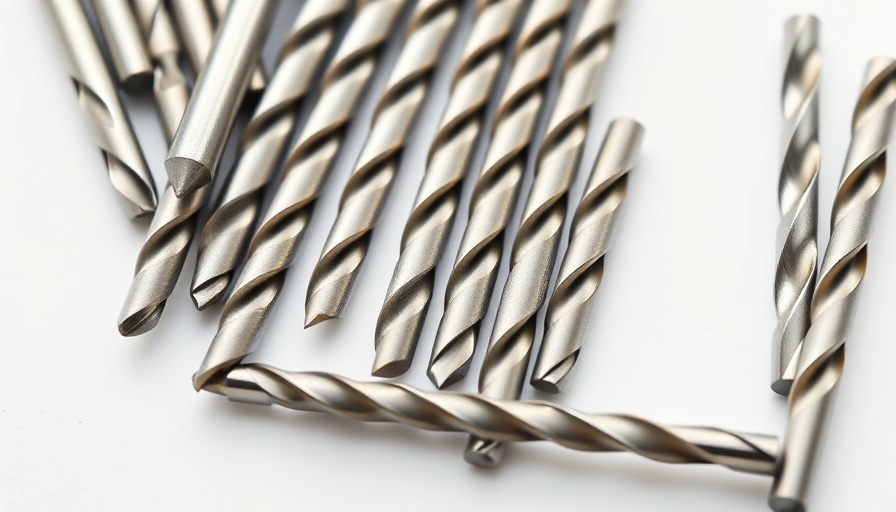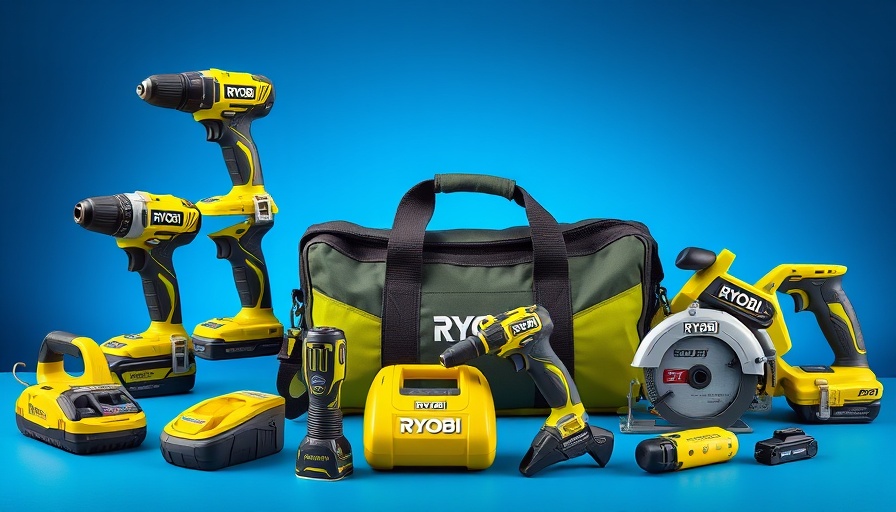
Understanding the Importance of Drill Bit Size
Choosing the correct drill bit size is crucial for ensuring optimal performance in your home improvement projects. A drill bit that is too large can lead to stripped screws, material damage, and project delays, while a too-small bit may make driving screws difficult, leading to frustration and wasted effort.
How to Measure for the Right Drill Bit Size
The best way to determine the appropriate drill bit size relates closely to the diameter of the screws you plan to use. To avoid removing the necessary wood fibers that the screw threads need to grip, focus on measuring the non-threaded diameter of the screw. A good practice includes holding the screw next to the bit to check for obvious differences in thickness, allowing you to make an informed decision about sizing.
Utilizing Tools for Precision: Digital Calipers and Drill Bit Gauges
For more accurate measurements, digital calipers are an invaluable tool. Placing the screw’s width between the threads at the narrowest part of the calipers yields a precise diameter, which you can then match with the drill bit size chart. If you're struggling to eyeball a bit size or have a collection of loose bits to organize, consider investing in a drill bit gauge. This handy tool allows you to easily determine the size of the screw and find the corresponding drill bit.
Choosing Drill Bits Based on Material Type
The material you are drilling into significantly affects the drill bit size you'll need. For softwoods like pine, a smaller drill bit usually suffices. Conversely, when working with hardwoods, pre-drilling a pilot hole with the same diameter bit as your screw can mitigate the risk of splintering or cracking due to the tight grain of hardwood.
Understanding Different Drill Types and Considerations
Different projects require specific drill bit types. For instance, using cobalt or carbide-tipped drill bits for harder materials like metals or masonry will yield better results than standard bits. Additionally, consider your desired hole depth—longer drill bits are necessary for deeper holes, but be cautious as longer bits can compromise stability during drilling. Knowing the type of holes you need—through holes versus blind holes—can significantly impact your choice of drill bit.
Why a Drill Bit Guide is Your Best Friend
Drill bit size guides are excellent resources when deciding which size to choose based on your specific needs. These guides consider factors such as fastener size and workpiece material. For example, a reference chart can give you recommendations for screw sizes in ductile vs. brittle materials, ensuring you select the correct drill bit to maintain the integrity of your project.
Building a Versatile Drill Bit Collection
As you refine your toolkit, strive for a blend of general and specialty drill bits. Standard bits can handle regular tasks effectively, while specialty bits may be required for unique projects. Maintaining a comprehensive collection allows you to adapt easily to various jobs, ultimately enhancing your efficiency and effectiveness as a DIYer.
Practical Tips for the DIY Enthusiast
Investing in high-quality drill bits can prolong your project's life and improve drill performance. Regularly organizing and maintaining your drill bits not only increases their longevity but also helps you quickly find the right bit for your projects. Moreover, keep an equivalence chart handy for converting fractional and metric measurements, enabling you to seamlessly transition between different measurement systems and making your DIY tasks simpler and more efficient.
Your success with home improvement projects starts with the right tools—be sure to take the time to select the correct drill bit size, which can contribute significantly to your project's accuracy and the quality of the finished result.
For further insights regarding home improvement tools and techniques, visit our blog for more expert advice!
 Add Row
Add Row  Add
Add 






Write A Comment